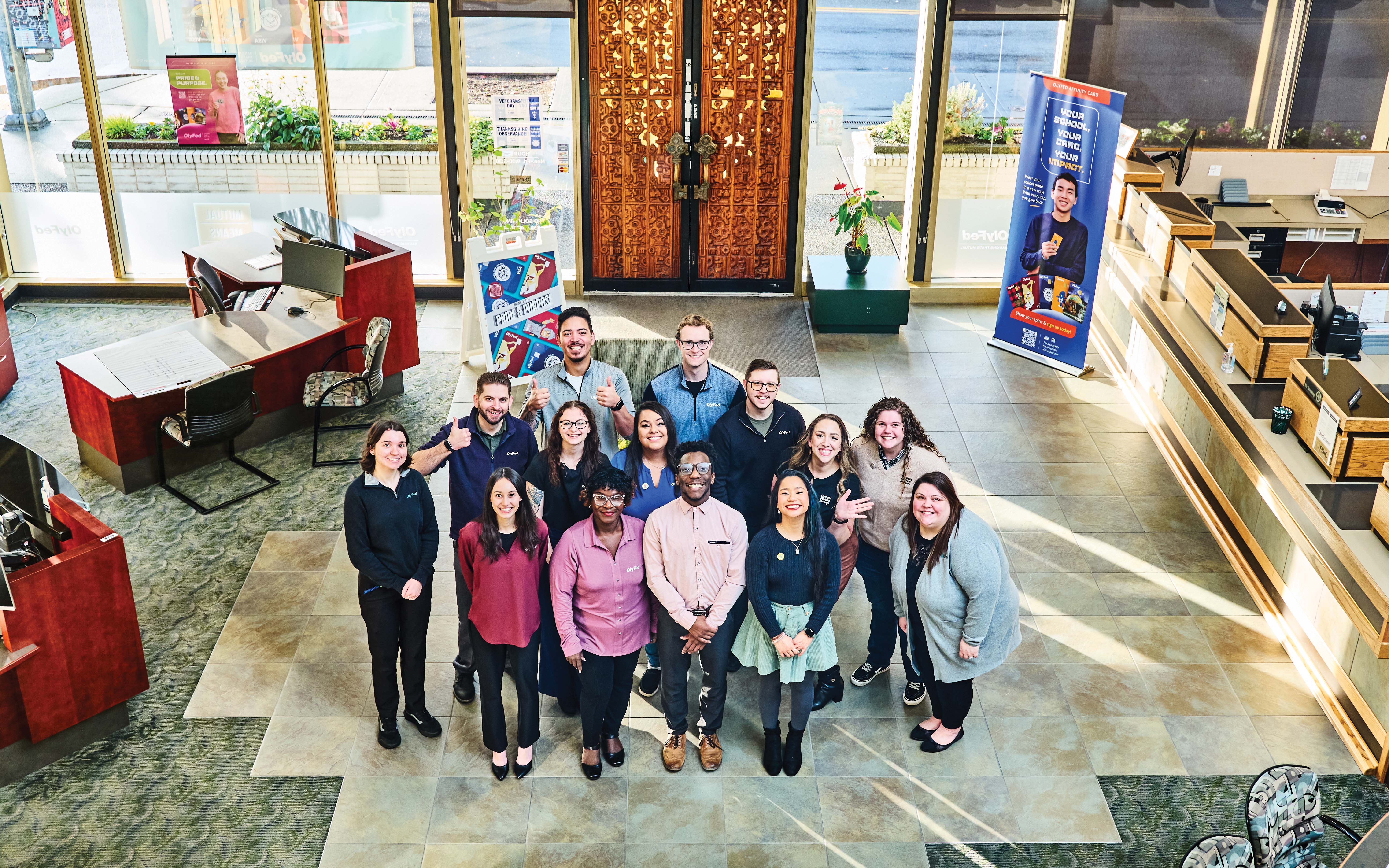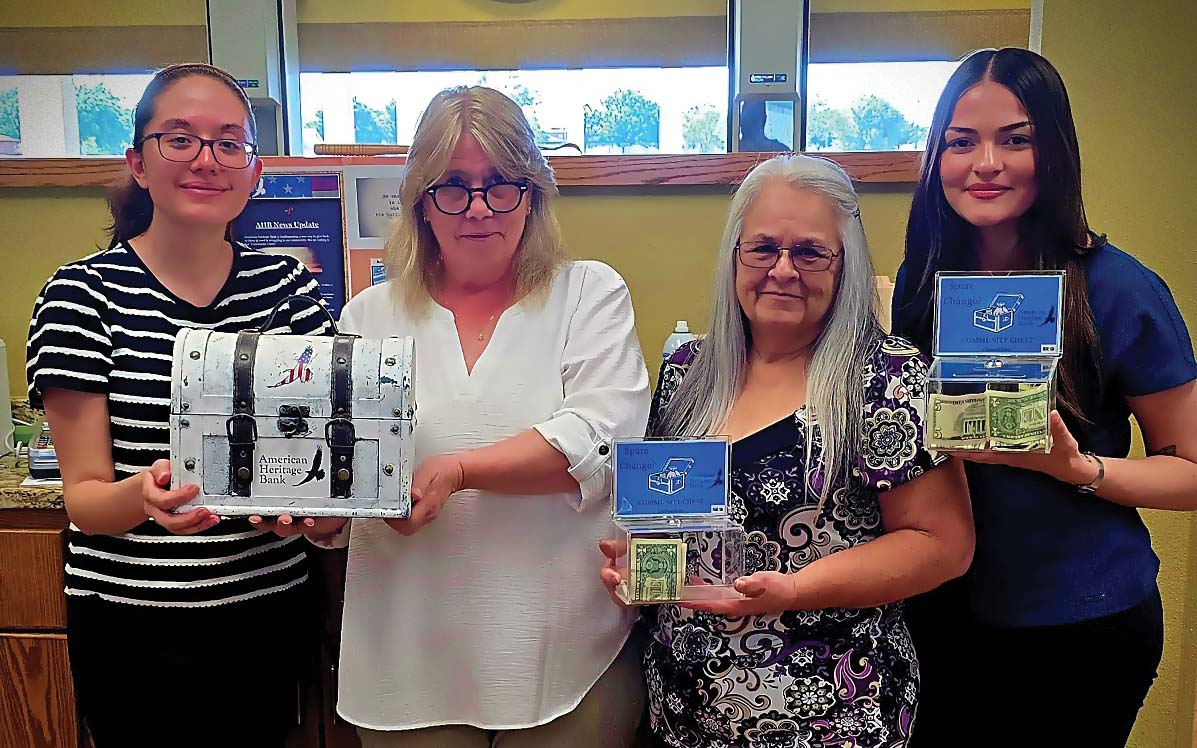We all know how powerful curiosity can be. Every great leader knows that inviting feedback and questions from their team can be a highly collaborative and productive process. However, the ways in which we solicit questions can vary—as can the results.
Inviting Questions to Spark Better Conversations
November 03, 2025 / By Lindsay E. LaNore
We all know how powerful curiosity can be. Every great leader knows that inviting feedback and questions from their team can be a highly collaborative and productive process. However, the ways in which we solicit questions can vary—as can the results.
We all know how powerful curiosity can be. Every great leader knows that inviting feedback and questions from their team can be a highly collaborative and productive process. However, the ways in which we solicit questions can vary—as can the results.
To get the results you want, consider making subtle adjustments to the way you invite questions and solicit feedback from your team in meetings or other contexts.
Let’s look at three different methods, starting with the classic: “Does anyone have any questions?” When it comes to a conversation starter, it’s polite, simple and familiar. But it’s often met with silence.
As a question, it leaves ambiguity in the air, implying that questions are optional or worse, not even wanted. It can signal that you as a leader are ready to move on.
There’s also a great deal of social pressure attached to it. Participants may hesitate to reply, thinking their question isn’t “good enough,” or they may want others to break the ice and speak first. As a result, this approach generally results in low engagement, and questions often go unasked.
Let’s try a more interactive approach: “What questions do you have?” The most important quality of this prompt is that it assumes there are existing questions. It implies that curiosity is normal and to be encouraged. It invites participation and signals openness, with an expectation of dialogue.
And yet, it may still be too broad, leaving some team members unsure where to begin. It may also feel performative if it isn’t backed by genuine interest. That said, it lowers the threshold for speaking up, solicits more thoughtful responses and encourages moderate engagement.
The two-question method
The third approach isn’t a question at all, but rather an invitation to participate. “Ask me two questions.” Asking everyone in the room to formulate two questions each makes participation a shared responsibility and creates a psychologically safe space by making asking questions the norm.
It may feel a little forced, especially if trust hasn’t already been built. Your team may also feel unprepared to answer or put on the spot. However, normalizing this kind of dialogue in meetings means that they may be caught off guard the first time, but they certainly won’t be the second or third time it happens. This invitation encourages high engagement and, when used with care, it signals that questions are valued and fosters more meaningful conversation.
In today’s fast-paced and stressful work environments, we need all the advantages we can get. It’s important to recognize that even the smallest adjustments can make a big difference. So go ahead, ask me two questions!
Subscribe now
Sign up for the Independent Banker newsletter to receive twice-monthly emails about new issues and must-read content you might have missed.
Sponsored Content
Featured Webinars
Join ICBA Community
Interested in discussing this and other topics? Network with and learn from your peers with the app designed for community bankers.
Subscribe Today
Sign up for Independent Banker eNews to receive twice-monthly emails that alert you when a new issue drops and highlight must-read content you might have missed.
News Watch Today

Join the Conversation with ICBA Community
ICBA Community is an online platform led by community bankers to foster connections, collaborations, and discussions on industry news, best practices, and regulations, while promoting networking, mentorship, and member feedback to guide future initiatives.













